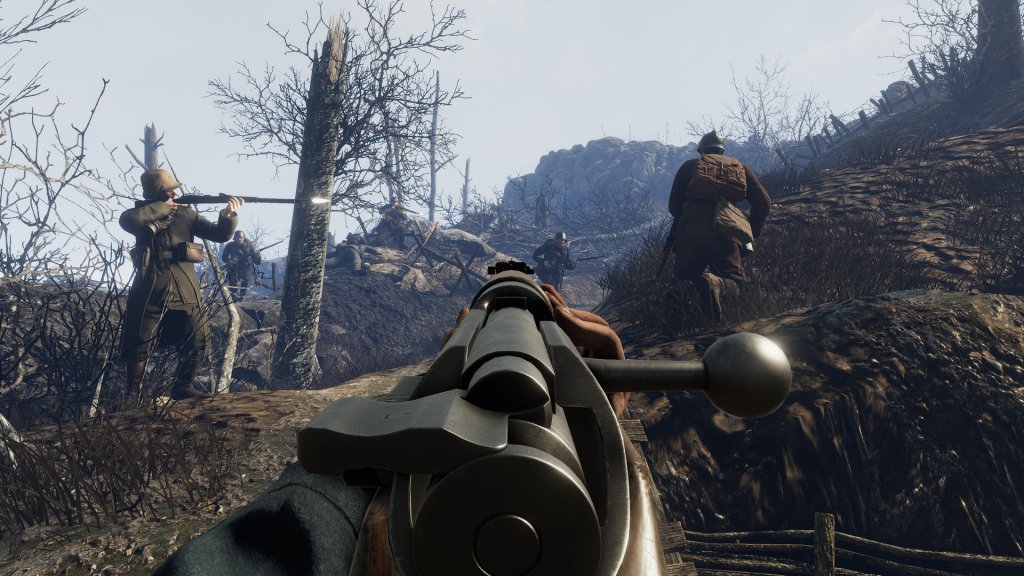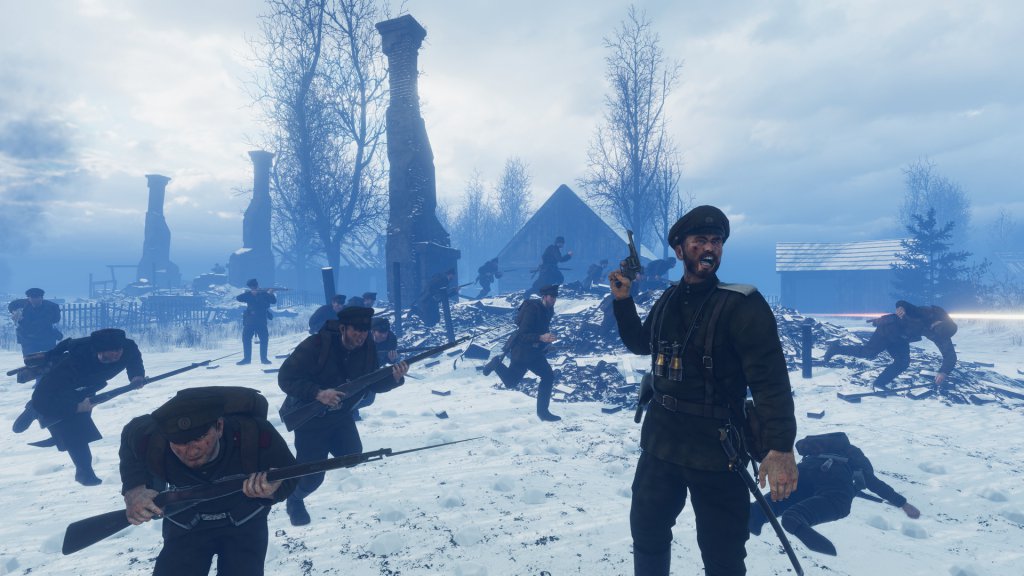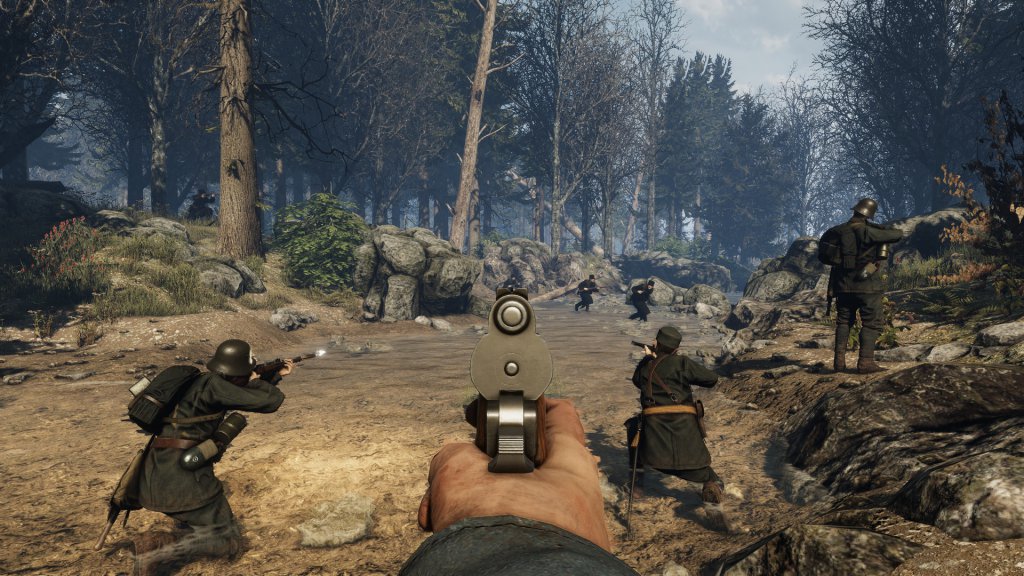Tannenberg review — Great War greatness awaits
The Great War does not nearly get the attention that its bigger, uglier brother World War II gets, but nevertheless is the backdrop of a number of recent releases. Among these is Tannenberg, a multiplayer shooter developed and published by Blackmill Games and M2H.
Tannenberg derives its name from the Battle of Tannenberg, a major clash between Germany and Russia during the early days of the Great War. It involved hundreds of thousands of soldiers — Tannenberg does not go quite that far, but does support up to 64 players per match, which puts it at the higher ends when it comes to multiplayer shooters.
If that sounds vaguely familiar then you have heard of Tannenberg’s cousin, Verdun, which has a similar premise, but is set at the Western Front. There are more differences between the two than just the war-torn scenery, however. Tannenberg offers more open terrain, more maneuverability for both teams, and flexible team objectives — not fixed attacker and defender.
Arguably, moving away from mud-soaked trench warfare makes Tannenberg a tad more generic. Nevertheless, it has a couple of distinguishing features and a satisfying focus on verisimilitude. Whether or not its weapons truly match their real-life counterparts is left to historical weapons experts, but they certainly feel right, being heavy, bulky, and overall less smooth than modern weapons.
Another nice touch is the nature of the sectors that ultimately determine the outcome of the match. Instead of flags on random (but apparently strategically important) hills and cornfields, sectors offer real tactical benefits such as artillery strikes or intelligence on enemy positions. This gives both teams an incentive to not only capture sectors, but claim specific ones.
Less exciting are Tannenberg’s classes. The game offers a number of factions, with each faction having four classes and three loadouts per class. This may sound like a lot of variety, but most class differences boil down to some minor stat bonuses. Maybe that one class really does reload faster, but it hardly makes the game more interesting.
The real difference are the weapons. Tannenberg’s developers resisted the urge to give everyone late-stage Great War weaponry. With no Brownings or Thompsons, single-shot rifles have to do the job. Not even scoped rifles made it into the game, which may sound boring, but is ultimately for the better and encourages players to do something else than camp in a safe location.
Another nice touch are Tannenberg’s graphics. There are abandoned houses, destroyed fields, and broken-down vehicles on the wayside, each of which adds to the game’s atmosphere. The particle effects may not be as elaborate as the ones in Battlefield 1, but Tannenberg certainly feels authentic.
Less convincing are the performance issues that occasionally make their appearance, especially when many bots are present. Thankfully, the worst of these seems to have been ironed out during Tannenberg‘s Early Access phase.
Though less unique than Verdun, Tannenberg is more dynamic and probably offers more mainstream appeal — which may not be enough, however. Despite having been released only recently, Tannenberg has spent a good while in Early Access. Anyone who wants to find a game should stick to the North American and European servers.
Tannenberg is now available for PC via Steam.



Comments are closed.